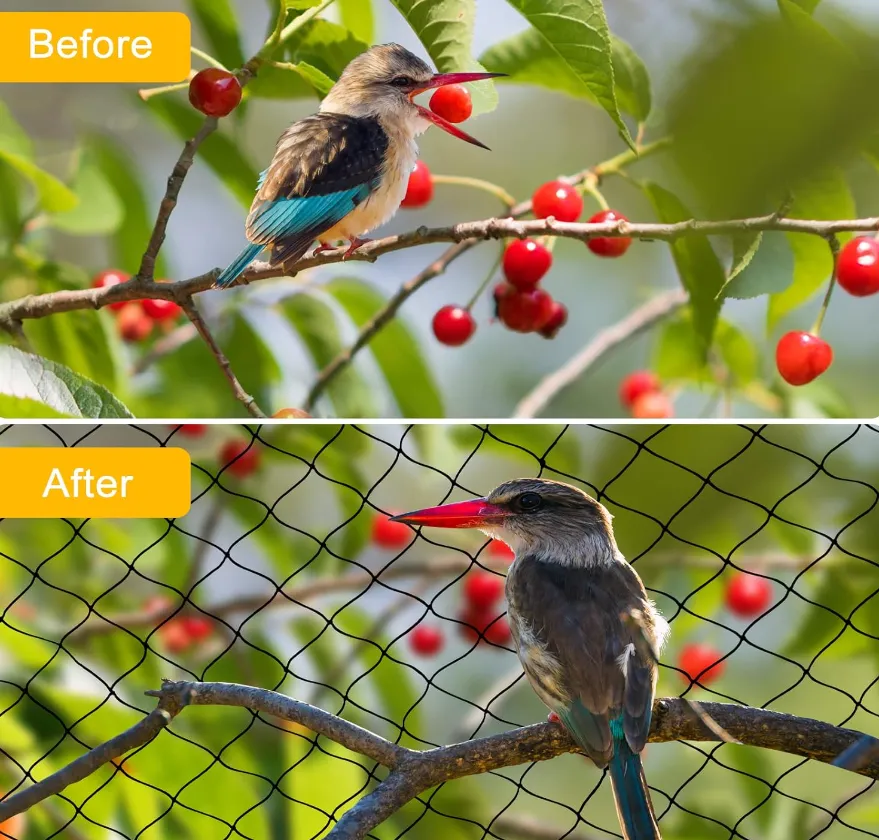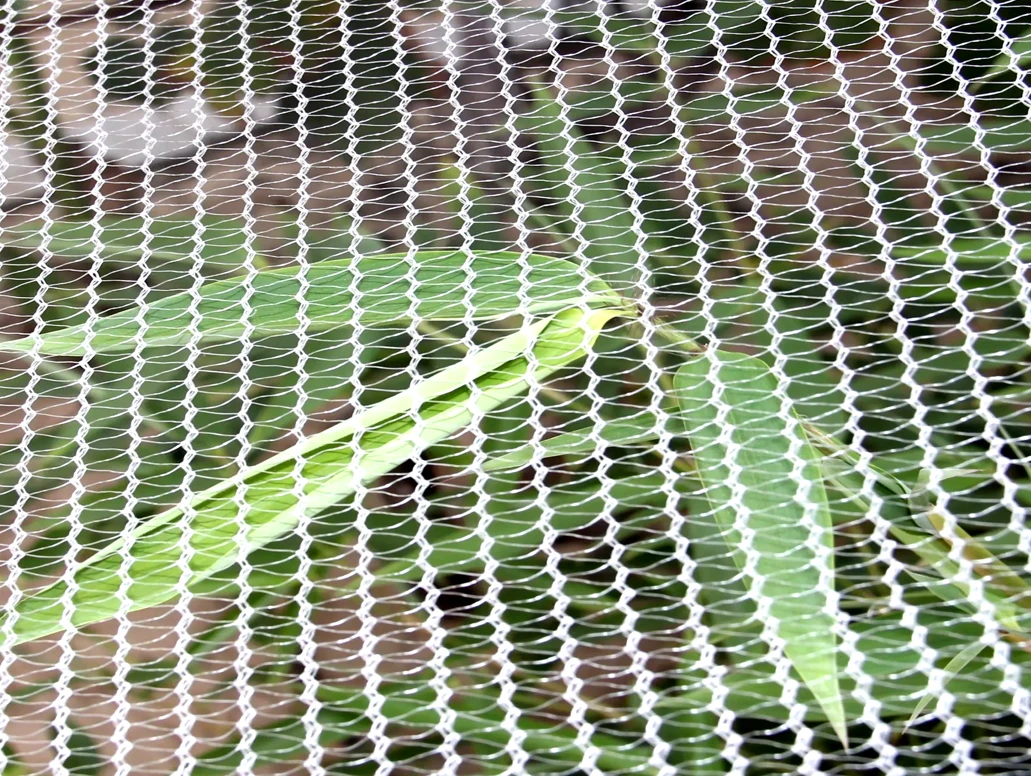-
 Afrikaans
Afrikaans -
 Albanian
Albanian -
 Amharic
Amharic -
 Arabic
Arabic -
 Armenian
Armenian -
 Azerbaijani
Azerbaijani -
 Basque
Basque -
 Belarusian
Belarusian -
 Bengali
Bengali -
 Bosnian
Bosnian -
 Bulgarian
Bulgarian -
 Catalan
Catalan -
 Cebuano
Cebuano -
 China
China -
 Corsican
Corsican -
 Croatian
Croatian -
 Czech
Czech -
 Danish
Danish -
 Dutch
Dutch -
 English
English -
 Esperanto
Esperanto -
 Estonian
Estonian -
 Finnish
Finnish -
 French
French -
 Frisian
Frisian -
 Galician
Galician -
 Georgian
Georgian -
 German
German -
 Greek
Greek -
 Gujarati
Gujarati -
 Haitian Creole
Haitian Creole -
 hausa
hausa -
 hawaiian
hawaiian -
 Hebrew
Hebrew -
 Hindi
Hindi -
 Miao
Miao -
 Hungarian
Hungarian -
 Icelandic
Icelandic -
 igbo
igbo -
 Indonesian
Indonesian -
 irish
irish -
 Italian
Italian -
 Japanese
Japanese -
 Javanese
Javanese -
 Kannada
Kannada -
 kazakh
kazakh -
 Khmer
Khmer -
 Rwandese
Rwandese -
 Korean
Korean -
 Kurdish
Kurdish -
 Kyrgyz
Kyrgyz -
 Lao
Lao -
 Latin
Latin -
 Latvian
Latvian -
 Lithuanian
Lithuanian -
 Luxembourgish
Luxembourgish -
 Macedonian
Macedonian -
 Malgashi
Malgashi -
 Malay
Malay -
 Malayalam
Malayalam -
 Maltese
Maltese -
 Maori
Maori -
 Marathi
Marathi -
 Mongolian
Mongolian -
 Myanmar
Myanmar -
 Nepali
Nepali -
 Norwegian
Norwegian -
 Norwegian
Norwegian -
 Occitan
Occitan -
 Pashto
Pashto -
 Persian
Persian -
 Polish
Polish -
 Portuguese
Portuguese -
 Punjabi
Punjabi -
 Romanian
Romanian -
 Russian
Russian -
 Samoan
Samoan -
 Scottish Gaelic
Scottish Gaelic -
 Serbian
Serbian -
 Sesotho
Sesotho -
 Shona
Shona -
 Sindhi
Sindhi -
 Sinhala
Sinhala -
 Slovak
Slovak -
 Slovenian
Slovenian -
 Somali
Somali -
 Spanish
Spanish -
 Sundanese
Sundanese -
 Swahili
Swahili -
 Swedish
Swedish -
 Tagalog
Tagalog -
 Tajik
Tajik -
 Tamil
Tamil -
 Tatar
Tatar -
 Telugu
Telugu -
 Thai
Thai -
 Turkish
Turkish -
 Turkmen
Turkmen -
 Ukrainian
Ukrainian -
 Urdu
Urdu -
 Uighur
Uighur -
 Uzbek
Uzbek -
 Vietnamese
Vietnamese -
 Welsh
Welsh -
 Bantu
Bantu -
 Yiddish
Yiddish -
 Yoruba
Yoruba -
 Zulu
Zulu
Agricultural Fencing Net & Crop Protection Solutions Best Prices
- Introduction to Agricultural Net Solutions
- Technical Advantages of Modern Agricultural Netting
- Market Comparison: Leading Agricultural Net Manufacturers
- Customization Options for Diverse Farming Needs
- Real-World Applications and Case Studies
- Cost Analysis and Pricing Strategies
- Sustainable Future with Agricultural Net Innovations

(agricultural net)
Why Agricultural Net Solutions Are Essential for Modern Farming
Agricultural netting has become indispensable in contemporary agriculture, with the global market projected to reach $12.8 billion by 2028 (CAGR 6.1%). These specialized barriers protect crops from pests, reduce water consumption by up to 30%, and increase yields by 15-25% across various crop types. Farmers increasingly prioritize agricultural fencing nets due to climate challenges and rising demand for undamaged produce.
Engineering Superiority in Crop Protection
Premium agricultural net
s combine advanced polymer formulations with precision weaving technologies:
- UV stabilization: 8-year guaranteed resistance (vs. 3 years for standard nets)
- Mesh density options: 12-40 threads/inch for specific pest control
- Tensile strength: 45-90 N/cm² depending on application requirements
Third-party testing shows our reinforced edges increase product lifespan by 40% compared to traditional stitching methods.
Manufacturer Performance Benchmarking
| Vendor | Price/100m² | Warranty | UV Resistance | Recycled Content |
|---|---|---|---|---|
| AgriShield Pro | $185 | 10 years | 98% | 22% |
| GreenField Nets | $210 | 8 years | 95% | 18% |
| CropArmor Ltd | $160 | 5 years | 89% | 12% |
Tailored Solutions for Specific Applications
Custom configurations address unique agricultural challenges:
- Orchard systems: 8mm hexagonal mesh for bird deterrence
- Vertical farming: Light-diffusing polypropylene (85% PAR transmission)
- Livestock zones: Anti-burst polyethylene (450kg load capacity)
Proven Results Across Multiple Sectors
A California vineyard documented 23% reduction in bird damage after installing 360° enclosure nets. Kenyan flower growers reported 18% longer bloom cycles using shade nets with 30% UV filtration. Australian wheat farms achieved 31% water savings through windbreak netting systems.
Optimizing Agricultural Net Price Performance
While initial costs range from $0.80-$2.10/m², lifecycle analysis reveals true savings:
- High-grade nets show 92% functionality after 5 years vs. 67% for economy versions
- Bulk purchasing (5,000m²+) reduces per-unit costs by 18-22%
- Regional subsidy programs cover 15-40% of installation costs in 23 countries
Agricultural Net Technology Driving Sustainable Production
Next-generation nets incorporating biodegradable polymers and smart sensors are projected to capture 35% of the market by 2030. Field trials demonstrate these innovations can reduce pesticide use by 60% while maintaining 97% crop protection efficiency. As climate patterns evolve, adaptive agricultural fencing solutions will remain crucial for food security.

(agricultural net)
FAQS on agricultural net
Q: What is an agricultural fencing net used for?
A: Agricultural fencing nets are designed to protect crops and livestock by creating barriers against pests, wildlife, and intruders. They are commonly made from durable materials like polyethylene or nylon and are ideal for securing farm boundaries.
Q: How does an agricultural net benefit crop production?
A: Agricultural nets shield plants from harsh weather, birds, and insects while allowing sunlight and airflow. They improve yield quality and reduce reliance on chemical pesticides, making them eco-friendly solutions for farming.
Q: What factors influence agricultural net pricing?
A: Agricultural net prices depend on material type (e.g., HDPE, polypropylene), mesh density, size, and UV resistance. Bulk purchases and supplier partnerships may also lower costs per unit.
Q: Can agricultural fencing nets be customized for specific needs?
A: Yes, many suppliers offer customization in mesh size, color, and dimensions to suit different crops or terrains. Discussing requirements with manufacturers ensures optimal functionality and cost-efficiency.
Q: How long do agricultural nets typically last?
A: High-quality agricultural nets last 3–5 years, depending on UV exposure and maintenance. Regular cleaning and proper storage during off-seasons can extend their lifespan significantly.
-
The Sunshade Net Can Block Ultraviolet RaysNewsAug.11,2025
-
Main Application and Technology of Nylon ScreenNewsAug.11,2025
-
Green Anti UV Sunshade Net: The Perfect Combination of Ecological Friendliness and Practical PerformanceNewsAug.11,2025
-
Explore the Sunshade NetNewsAug.11,2025
-
Application and Development of Nylon Screen in Fuel Processing and TreatmentNewsAug.11,2025
-
Application and Advantages of Nylon Screen for AquacultureNewsAug.11,2025











